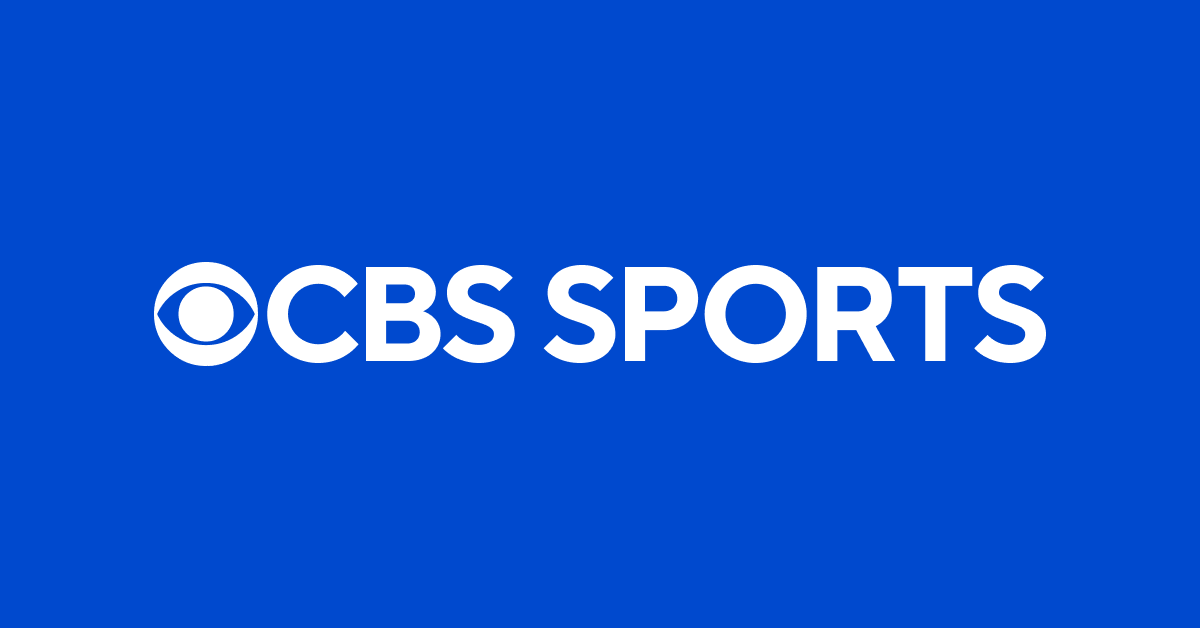Understanding AI’s Role in the Transformation of College Athletics
Artificial Intelligence (AI) has emerged as a powerful force reshaping numerous industries, and college athletics is no exception. As the House v. NCAA settlement redefines the landscape for student-athletes, AI technologies play a critical supporting role in managing the new complexities, enhancing decision-making, and unlocking opportunities within this evolving environment.
The Integration of AI with Athlete Compensation and Management
The introduction of direct payments and expanded rights around name, image, and likeness (NIL) usher in unprecedented layers of financial and regulatory intricacy. AI-driven platforms are increasingly essential for universities and athletic departments to navigate these challenges efficiently. By automating compliance monitoring, contract management, and payment distribution, AI minimizes administrative burdens and reduces the risk of errors or violations.
Moreover, AI-powered analytics help institutions strategically allocate capped financial resources among athletes, balancing competitiveness with fairness. These tools analyze performance metrics, marketability, and potential revenue generation, enabling data-driven decisions about compensation that align with both institutional goals and legal frameworks.
Enhancing Athlete Branding and Market Opportunities through AI
For athletes, AI offers sophisticated tools to amplify personal branding and entrepreneurial ventures newly permitted under the settlement. AI algorithms can optimize social media presence, target endorsements, and forecast market trends, empowering athletes to maximize their name, image, and likeness rights more effectively. Personalized AI coaching on branding strategies and contract evaluation further equips athletes to navigate endorsement deals confidently.
Navigating the Ongoing Regulatory Complexity with AI
Despite the settlement’s progress, regulatory uncertainty endures, as noted by legal experts. AI’s predictive capabilities increasingly assist stakeholders in anticipating regulatory shifts and assessing the implications of emerging policies. Machine learning models process vast legal data and court rulings, providing proactive guidance to universities, athletes, and governing bodies.
These intelligent systems support crafting adaptive compliance strategies, reducing delays and disruptions amid the unsettled collegiate sports governance landscape. They also foster transparency by offering clearer interpretations of evolving rules for all parties.
The Future Intersection: AI, Athlete Empowerment, and College Sports Evolution
As college athletics transitions into this “big money” era marked by both opportunity and complexity, AI stands poised as a key enabler of smoother operational functions and greater athlete empowerment. Its role in data-driven compensation decisions, branding amplification, and regulatory navigation will likely deepen, shaping a more dynamic and responsive sports ecosystem.
However, this integration also raises critical questions about data privacy, algorithmic fairness, and equitable access to AI resources among athletes and institutions. Addressing these concerns will be crucial to harnessing AI’s full potential without exacerbating existing inequalities or compromising athlete welfare.
Conclusion: AI as a Catalyst in College Athletics’ Transformative Journey
Artificial Intelligence is not merely a background technical tool but a catalyst accelerating and managing the profound changes initiated by the House v. NCAA settlement. By supporting complex compliance needs, enabling sophisticated athlete branding opportunities, and helping predict regulatory developments, AI contributes significantly to redefining the future of college sports.
As this landmark settlement reshapes what it means to be a college athlete financially and professionally, AI’s evolving capabilities offer pathways to greater fairness, efficiency, and empowerment. Navigating this new terrain with thoughtful oversight will determine whether AI’s promise fully translates into a more transparent and player-centric collegiate athletic world.

